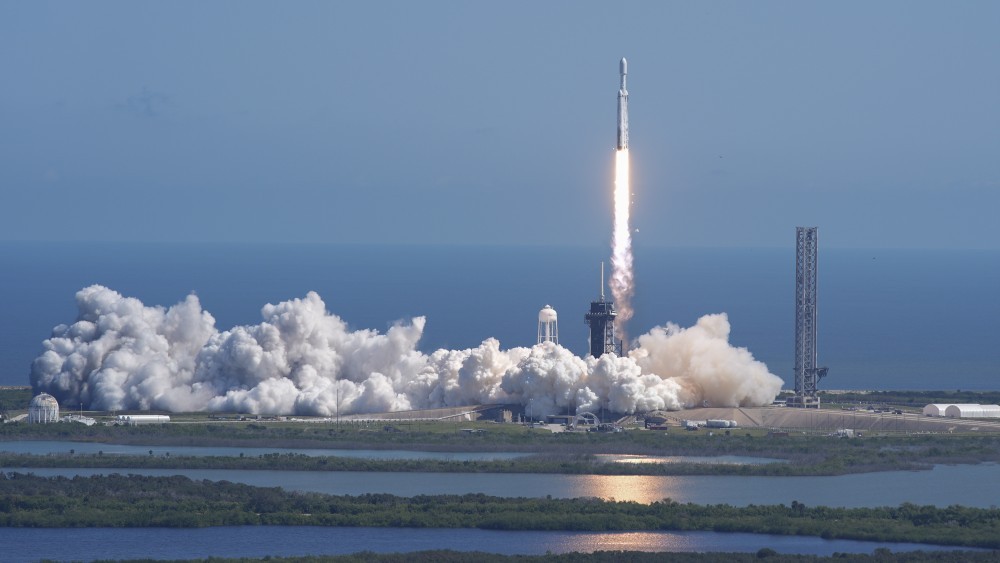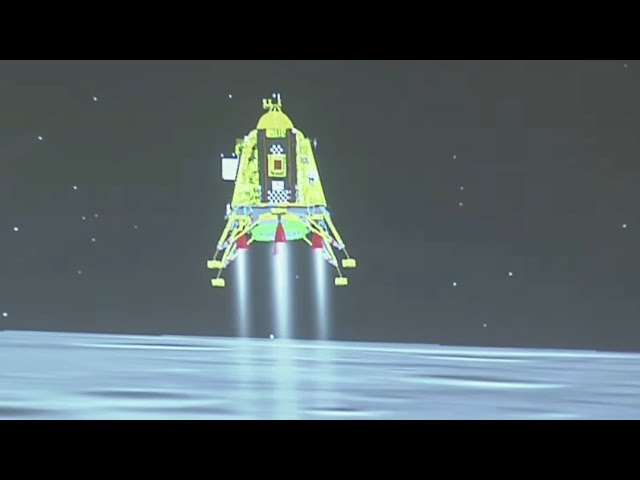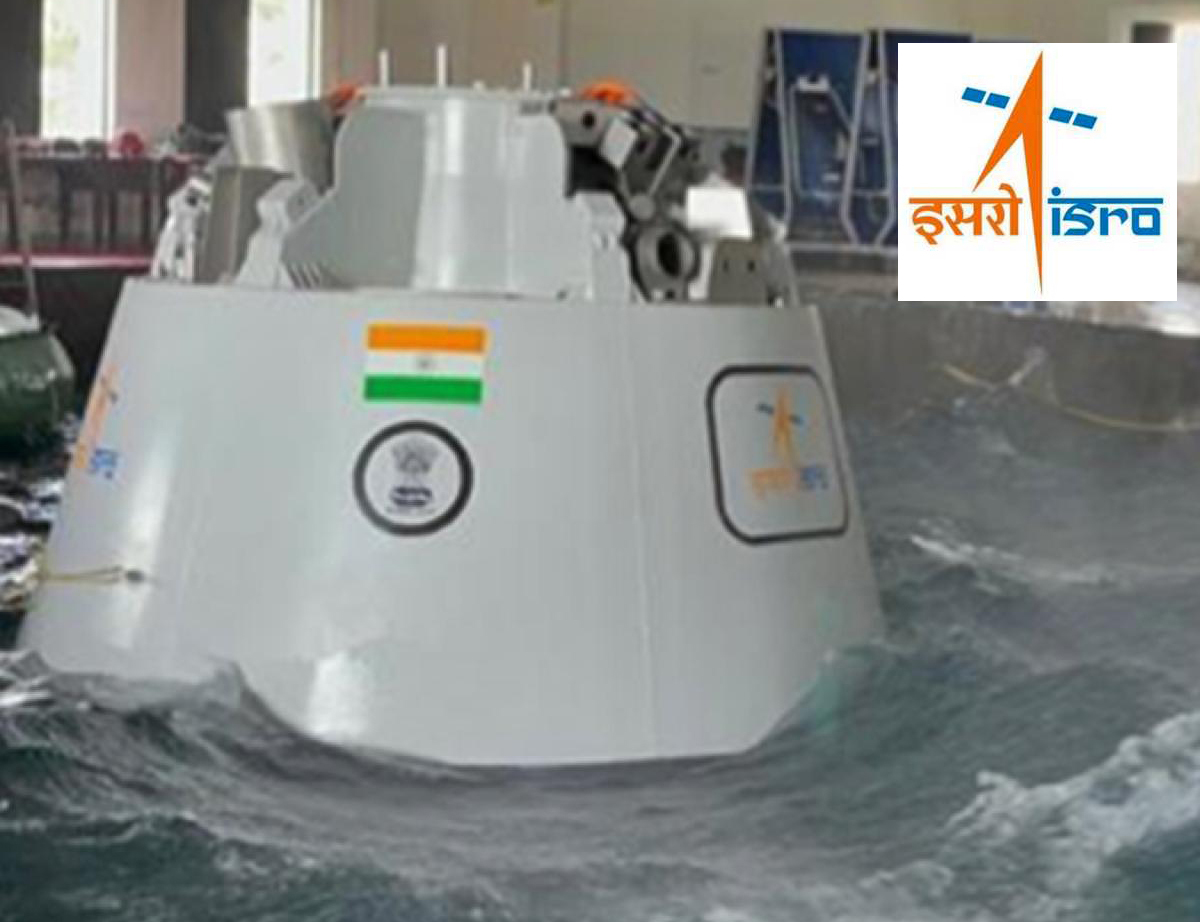
The Falcon Heavy rocket carrying the Europa Clipper spacecraft lifts off from the Kennedy Space Center in Florida on Monday, Oct. 14, 2024. (Photo: NASA)
KENNEDY SPACE CENTRE, FLORIDA (BNS): The US space agency NASA has launched its largest-ever spacecraft ‘Europa Clipper’ on a long voyage to Jupiter where it will investigate one of the planet’s moons Europa having an enormous subsurface ocean that may have conditions to support life.
The spacecraft, launched on Monday aboard a SpaceX Falcon Heavy rocket from the Kennedy Space Center, Florida, will travel 2.9-billion kilometers on a trajectory that would leverage the power of gravity assists – first to Mars in four months, and then back to Earth for another gravity assist flyby in 2026.
After it begins orbiting Jupiter in April 2030, the spacecraft will fly past Europa 49 times.
The largest spacecraft NASA ever built for a mission headed to another planet, Europa Clipper also is the first NASA mission dedicated to studying an ocean world beyond Earth.
“Congratulations to our Europa Clipper team for beginning the first journey to an ocean world beyond Earth,” said NASA Administrator Bill Nelson.
Approximately five minutes after liftoff, the rocket’s second stage fired up and the payload fairing, or the rocket’s nose cone, opened to reveal Europa Clipper. About an hour after launch, the spacecraft separated from the rocket. Ground controllers received a signal soon after, and two-way communication was established thereafter with NASA’s Deep Space Network facility in Canberra, Australia. Mission teams celebrated as initial telemetry reports showed Europa Clipper is in good health and operating as expected.
The spacecraft will begin conducting its science-dedicated flybys of Europa in 2031, coming as close as 25 kilometers to the surface.
Europa Clipper is equipped with nine science instruments and a gravity experiment, including an ice-penetrating radar, cameras, and a thermal instrument to look for areas of warmer ice and any recent eruptions of water. All the instruments will work in concert to learn more about the moon’s icy shell, thin atmosphere, and deep interior.
To power those instruments in the faint sunlight that reaches Jupiter, Europa Clipper also carries the largest solar arrays NASA has ever used for an interplanetary mission.
The main goal of the mission is to determine whether Europa has conditions that could support life.
Europa is about the size of our own Moon, but its interior is different. Information from NASA’s Galileo mission in the 1990s showed strong evidence that under Europa’s ice lies an enormous, salty ocean with more water than all of Earth’s oceans combined. Scientists also have found evidence that Europa may host organic compounds and energy sources under its surface.
If the mission determines Europa is habitable, it may mean there are more habitable worlds in our solar system and beyond than imagined, the space agency said.
 Previous Article
Previous Article Next Article
Next Article













The Indian Air Force, in its flight trials evaluation report submitted before the Defence Ministry l..
view articleAn insight into the Medium Multi-Role Combat Aircraft competition...
view articleSky enthusiasts can now spot the International Space Station (ISS) commanded by Indian-American astr..
view article